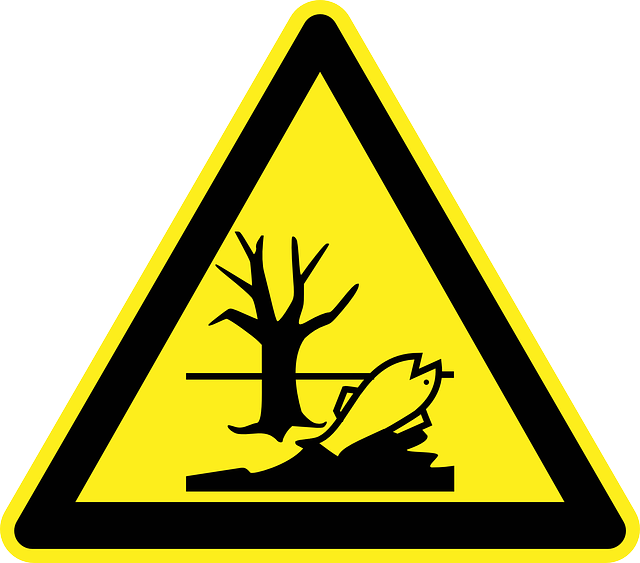The bilge pump system consists of two electric pumps, one in the front and one in the back of the boat. Additionally, there is a manual bilge pump.
The electric bilge pumps are equipped with a float for detecting water in the bilge space. The pumps are activated and pump out water as required. There is an alarm when the pumping starts. You can also control the pumps from the steering console.
The manual bilge pump serves as additional safety equipment in case the electric bilge pumps are broken or there is no electricity. You need to attach the removable handle to the manual pump before using it. The handle is located next to the manual pump.
Make sure you know how to use all of the pumps before using the boat.
The combined capacity of the bilge pumps is not designed to pump out the boat in the event of hull damage. See section 9.2 Technical specifications for details about pump output capacity.
In case of rapid water accumulation, call rescue service.
Risk of material damage.
The boat's two-stepped hull structure allows water to build up over a long period of time and can cause damage to the components, if not removed.
-
Check the bilge area always before using the boat.
-
Do not leave the boat unattended in the water for more than two weeks at a time.
-
Activate the electric pumps from the steering console if necessary.
The pumps can break if run dry for a long time.
-
Make sure you stop the pumps when the bilge is empty.
Normally there is no need to use the bilge pumps as the system is fully automatic. However, to ensure that there is no water build-up in the bilge, regularly check the aft storage space, fuel tank space and under the front cabin floor.
As as safety precaution:
-
Check the functionality of the bilge pumps regularly.
-
Remove any debris from the suction points.
You can access the electric bilge pumps and the suction points from the fuel tank space.
If you are leaving the boat docked for a long time without connecting it to shore power, the boat's bilge pump batteries may run empty. As a result, water can build up in the bilge and cause damage to components.
Do not leave the boat unattended in the water for a long time. It is recommended that you check, approximately every two weeks, that:
-
There is no water in the bilge.
-
The bilge pumps are working.
-
The boat's floating position is level.

Environmental hazard! Contaminants may end up in the bilge and waterways.
-
Check the bilge water regularly for contaminants, such as oil, diesel, and glycol.
-
Do not pump water into the sea if it is not clear. Use a separate container and discard as contaminated waste.